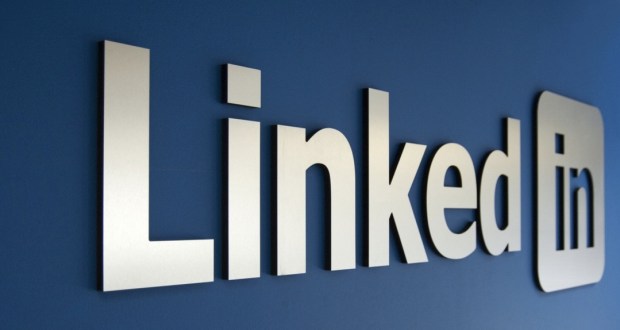LinkedIn is the social network that can open most doors for future jobs, but it can also become a barrier if we do not take good care of our image on the network.
Social networking is one of the challenges of the past few years, especially in the corporate sector. From taking care of our reputation on social networks to using networks as an opportunity for growth. Companies also use them as a way of approaching users, to create a close relationship with them in which to answer their questions or address their complaints or requests. Then there’s the personal side of things. And that’s where it is vital to take care of our personal brand on the web, especially to protect our image in the workplace or with a view to potential future jobs.
LinkedIn is full of talent scouts and in any case it is our calling card for recruiters who want to take a first look at us, whether through an active search by them or in response to ours. This will depend on a series of practices that are more or less common on this network and could ruin our chances or at least give us an undesirable image. Here are nine examples that you should perhaps avoid:
- Embellishing your post: What sense does it make to claim you are CEO when you’re not? And not just CEO; in Spanish there are several examples of extravagant sounding posts using English names that are clearly not real. This does not mean that any post expressed in English is false, but in many cases people choose to give fancy, complicated names rather than simplify them and transmit the clarity the post has in its original language.
- Overloading with irrelevant information. A talent scout or Head of HR will be interested in checking your previous posts of a similar category to the one you aspire to. It makes no sense to turn your profile into a biography in which you include your first odd jobs, random collaborations, etc.
- Skipping periods is counterproductive. For example, leaving the period between 2001 and 2009 completely blank is almost suspicious. It suggests you want to delete part of the past and particularly long periods will encourage people to think you have something to hide. Perhaps a job of lower category than the one we wish to focus our career on, or a long period of unemployment, or quite simply something we want to keep in the dark.
- Outright lying. This applies mostly to those who claim to have finished a degree in 4 years when in fact they did not, or to have completed academic cycles involving 8 or 9 years in only 5. Or anachronisms: at the age of 30 it is difficult to have 10 years’ experience as a lawyer, especially for someone who finished studying at 23. Other types of anachronisms: it is impossible to have six years’ experience developing Android in 2013; the first handset with Google’s mobile operating system was launched in late 2008.

- Sharing personal articles without professional relevance. Academic articles or those related to the professional field add value to a profile, especially if they are the candidate’s own. Third-party articles also have some value as samples of compilations from different sources or of staying up to date in the field. Sharing them compulsively and indiscriminately is again counterproductive. It is excessive and quality is not always optimal.
- Protecting your profile. One of the main advantages of LinkedIn, as I said earlier, is attracting headhunters and HR managers Limiting the viewing of our profile to only those who have added us as contacts is to close doors, especially if you want to change jobs or are actively looking for one. A talent scout probably has no desire to have to add someone (and thus prematurely show interest) simply to view their profile.
- Talking about yourself in the third person. You write your LinkedIn profile yourself; you do not entrust someone else to do it (at least in the vast majority of cases). Talking about yourself in the third person means creating a distance and placing yourself on a somewhat higher level, which leaves a negative feeling for someone viewing your profile. Logic says use the impersonal voice, or in any case the first person, but never the third.
- Taking care of your corporate page. Personal profiles are not everything. Business pages must also be carefully prepared, with a correct presentation, contact information, suitable description, logo, etc. If we have a business, a company, a startup, etc., its image will be an extension of ours. A poor presentation means a lack of talent or attention by the creator and, to a lesser extent, the people who work for them.
- Adding contacts indiscriminately. Again, adding people we have never been in contact with takes away value from our profile and diminishes our personal brand. In fact, LinkedIn asks us how we know the person before sending a request, and if we do not know them it restricts our access.
Image: Nan Palmero (Flickr)









